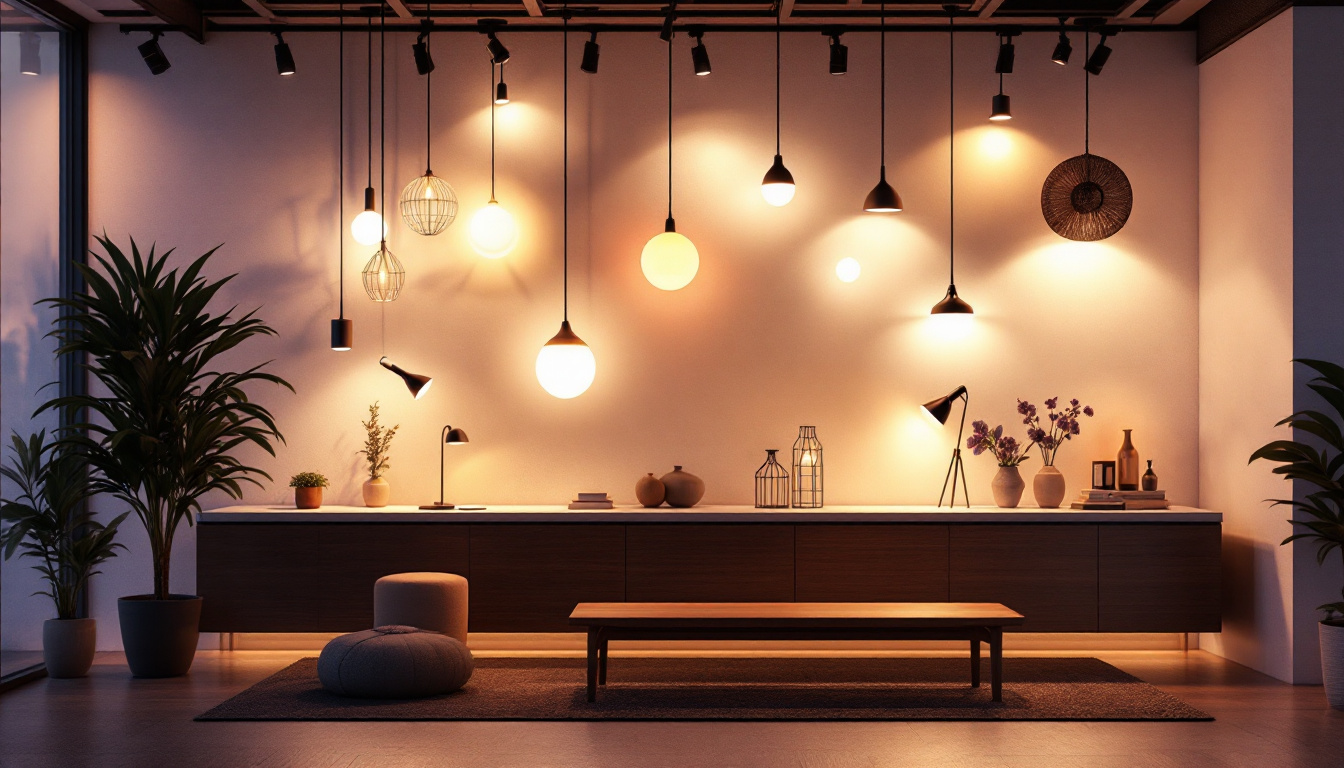

In the realm of modern lighting solutions, the integration of technology and environmental controls has become increasingly vital. Among these innovations, humidity switches stand out as essential components for ensuring optimal performance and longevity of lighting systems. This article delves into the intricacies of humidity switches, exploring their functionality, applications, and benefits specifically tailored for lighting contractors.
Humidity switches are devices designed to monitor and respond to changes in humidity levels within a given environment. They play a crucial role in controlling lighting systems, especially in areas where moisture levels can significantly impact performance and safety. By ensuring that lighting systems operate optimally, these switches help maintain a comfortable and safe atmosphere, particularly in spaces such as bathrooms, basements, and greenhouses where humidity levels can fluctuate dramatically.
At their core, humidity switches operate by utilizing sensors that detect humidity levels. When the humidity reaches a pre-set threshold, the switch activates or deactivates connected lighting fixtures. This automatic response helps to prevent issues such as condensation buildup, which can lead to electrical failures or damage to the lighting equipment. Furthermore, by maintaining appropriate humidity levels, these switches can also contribute to the longevity of other electrical devices and fixtures in the environment.
The switches can be configured to operate in various modes, including on/off, dimming, or even triggering additional systems such as ventilation. This versatility makes them suitable for a wide range of applications, from residential to commercial settings. For instance, in a greenhouse, a humidity switch can not only control the lighting but also activate fans or misters to create an ideal growing environment for plants, showcasing their multifunctional capabilities.
There are several types of humidity switches available, each designed for specific applications. The most common include:
In addition to these types, humidity switches can also be categorized based on their installation methods. Some are designed for surface mounting, while others can be embedded within walls or ceilings, providing flexibility in design and application. This adaptability ensures that they can meet the aesthetic and functional needs of various environments, from sleek modern homes to more traditional commercial spaces.
Humidity switches find their most impactful applications in environments where moisture levels fluctuate significantly. Understanding these applications is essential for lighting contractors seeking to enhance their service offerings.
In commercial and industrial environments, humidity levels can vary dramatically due to processes such as manufacturing, food storage, or even HVAC systems. Implementing humidity switches in these settings helps maintain optimal lighting conditions while protecting fixtures from moisture-related damage.
For instance, in a warehouse storing perishable goods, a humidity switch can ensure that lighting remains operational without creating excess heat or moisture that could compromise product integrity. This proactive approach not only enhances safety but also contributes to energy efficiency.
In residential settings, humidity switches are particularly beneficial in areas such as bathrooms, kitchens, and basements. These spaces are prone to high humidity levels, which can lead to mold growth and damage to lighting fixtures.
By installing humidity switches in these areas, homeowners can enjoy the peace of mind that comes with automated lighting control. For example, a humidity switch in a bathroom can turn on the lights automatically when humidity levels rise due to shower use, ensuring visibility while also preventing moisture buildup on fixtures.
The integration of humidity switches into lighting systems offers numerous advantages for both contractors and end-users. Understanding these benefits can help lighting contractors make informed decisions when recommending solutions to clients.
One of the primary benefits of humidity switches is the enhanced safety they provide. By preventing excessive moisture buildup, these devices reduce the risk of electrical failures, short circuits, and potential fire hazards associated with damp environments.
Furthermore, by ensuring that lighting fixtures are only activated when necessary, contractors can help mitigate the risk of accidents caused by inadequate visibility in high-humidity areas.
Humidity switches contribute significantly to energy efficiency. By automating the operation of lighting systems based on real-time humidity levels, these switches help reduce unnecessary energy consumption.
For lighting contractors, promoting energy-efficient solutions can lead to cost savings for clients and a reduced carbon footprint. This aspect is particularly appealing in today’s environmentally conscious market.
When installing humidity switches, several factors must be considered to ensure optimal performance and reliability. Lighting contractors should be well-versed in these considerations to provide the best service to their clients.
The effectiveness of a humidity switch largely depends on its placement. Contractors should ensure that switches are installed in locations where they can accurately measure humidity levels without interference from other environmental factors.
For example, placing a switch too close to a heat source or in a drafty area may lead to inaccurate readings, resulting in improper activation. Therefore, careful planning and assessment of the installation site are crucial.
Another critical aspect of installation is ensuring that the humidity switch is compatible with the existing lighting system. Contractors must be familiar with the electrical specifications and wiring requirements of both the switch and the fixtures it will control.
Additionally, proper wiring techniques must be employed to prevent issues such as voltage drops or circuit overloads, which could compromise the functionality of the entire lighting system.
To ensure long-term reliability, regular maintenance and troubleshooting of humidity switches are essential. Lighting contractors should be prepared to educate clients on best practices and common issues that may arise.
Conducting regular inspections of humidity switches can help identify potential issues before they escalate. This includes checking for signs of wear, ensuring that sensors are clean, and verifying that the switch is functioning correctly.
Encouraging clients to schedule periodic maintenance can extend the lifespan of the humidity switch and the connected lighting system, ultimately saving them money in the long run.
Common issues with humidity switches may include false activations, failure to activate, or inconsistent readings. Contractors should be equipped to troubleshoot these problems effectively.
For instance, if a humidity switch is activating too frequently, it may be due to improper placement or a malfunctioning sensor. Conversely, if it fails to activate when humidity levels rise, checking the wiring and settings may be necessary.
With a variety of humidity switches available on the market, selecting the right one for a specific application can be challenging. Lighting contractors should consider several factors to make informed choices.
Different applications may require specific features in a humidity switch. For example, a commercial setting may benefit from a digital switch with programmable settings, while a residential application might only need a simple analog switch.
Understanding the unique needs of each project will guide contractors in selecting the most appropriate humidity switch, ensuring that clients receive the best solution for their requirements.
Budget is always a consideration when selecting any component for a lighting system. While it may be tempting to opt for the cheapest option, contractors should weigh the long-term benefits of investing in higher-quality humidity switches.
Quality switches typically offer better reliability, longer lifespans, and enhanced features that can justify the initial investment. Educating clients on the value of quality over cost can lead to more satisfied customers in the long run.
As technology continues to evolve, the future of humidity control in lighting systems looks promising. Emerging trends are set to enhance the functionality and efficiency of humidity switches.
The rise of smart home technology is paving the way for more sophisticated humidity switches. Future models are likely to integrate seamlessly with home automation systems, allowing for remote control and monitoring via smartphones or tablets.
This integration will not only enhance user convenience but also provide valuable data analytics on humidity levels and energy consumption, enabling homeowners to make more informed decisions.
As sustainability becomes a priority for many consumers, humidity switches that promote energy efficiency and reduce waste will gain traction. Lighting contractors can position themselves as leaders in this movement by emphasizing the environmental benefits of using humidity switches in their projects.
By staying informed about these trends, contractors can better serve their clients and remain competitive in an ever-evolving market.
Humidity switches represent a crucial advancement in lighting technology, offering numerous benefits for both contractors and end-users. By understanding their functionality, applications, and advantages, lighting contractors can enhance their service offerings and ensure optimal performance in various environments.
As the industry continues to evolve, staying informed about installation best practices, maintenance, and emerging trends will empower contractors to provide the best solutions for their clients. Embracing the integration of humidity switches into lighting systems not only promotes safety and efficiency but also positions contractors as forward-thinking professionals in the lighting industry.
Ready to elevate your lighting projects with the advanced technology of humidity switches? Look no further than LumenWholesale for all your lighting needs. We provide contractors with high-quality, spec-grade lighting products, including a wide range of humidity switches, at unbeatable wholesale prices. Say goodbye to local distributor markups and hello to superior products that meet the highest industry standards. Plus, with free shipping on bulk orders, you can stock up on premium lighting without any hidden fees. Don’t compromise on quality or value—visit LumenWholesale today and discover the perfect blend of quality, affordability, and convenience for your next project.

Discover the latest trends in build lighting that every contractor needs to stay ahead in the industry.

Discover essential insights and expert tips for lighting contractors in our comprehensive guide to Sylvania.

Discover the essentials of programmable light timer switches and their compliance requirements in our latest article.

Discover how upgrading to recessed LED lights can revolutionize efficiency for lighting contractors.
Get notified when NEW deals are released.
Optimize your budget with wholesale discounts.
Only top-quality, specification-grade lighting products.
No additional costs at checkout - what you see is what you pay.
We understand the unique needs of contractors.